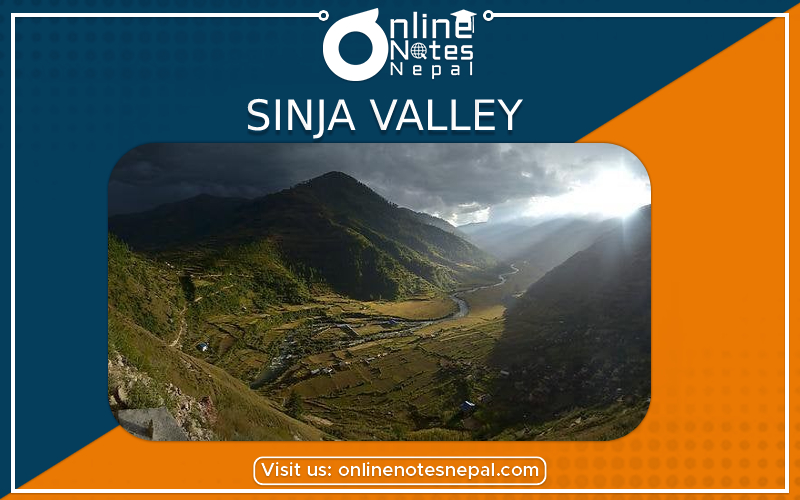Published by: Mandira
Published date: 27 Jan 2022

There was a huge and powerful kingdom in Karnali region before the unification of Nepal which was known as the Khas Empire. Sinja Valley contains the archaeological evidence of the capital city of the well organized and influential Western Malla or the Khas Kingdom of the 12th and 14th century. Khas kings ruled over Nepal by making Sinja valley as their capital. It is also famous for the name of Sinja Empire. Sinja valley is located in Jumla district at present.
Nagraj came from the Khari state of south-west Tibet and started to rulemaking the Sinja as his capital. The inscriptions of Dullu clearly mention that Nagraj had made several rules and regulations in Khas kingdom. The inscription is the something written or engraved, especially a word or words written on a solid substance for preservation or public inspection. For example, inscription on the stone, statues, monuments, pillars, etc. He had made several reforms. He had extended the western border line of his kingdom up to Kumau and Gadhwal, northern border line up to Tibet, southern border line up to terai and eastern border line up to Gandaki River. Jumla seems to be a least developed place in the context of present situation because it is not so much connected with the capital city and also far from the capital city Kathmandu.However, it was the most powerful, strong and prosperous state during the rule of Nagraj.
After the rule of Nagraj, different kings like Krachalla, Ashok Challa, Jitari Malla, Aditya Malla, Punya Malla, Prithivi Malla, Ripu Malla, Abhaya Malla, etc rule over the Khas kingdom. Jitari malla had changed his surname after attacked over Kathmandu valley for three times. Aditya Malla got conquer over Kathmandu twice a time. Punya Malla also had attacked over Kathmandu valley. It is mentioned in the history that in 1369 BS, Ripu Malla had offered a dinner to the people of Kathmandu valley after doing puja to Pashupati, Swyambhu, and other religious places.
It is believed that the present Nepali languages were originated from the Khas state or Sinja valley. Therefore, the present Nepali language is also known as the Khas language. The temples, inscription, stupas, pillar, etc found in Sinja valley and western Nepal is the evidence that there was a big and prosperous empire existing in Karnali region.
The Khas kingdom fragmented into twenty-two individual kingdoms after the 14th century, which then remained until Nepal was unified in the 18th century.